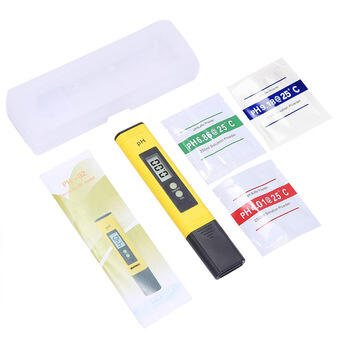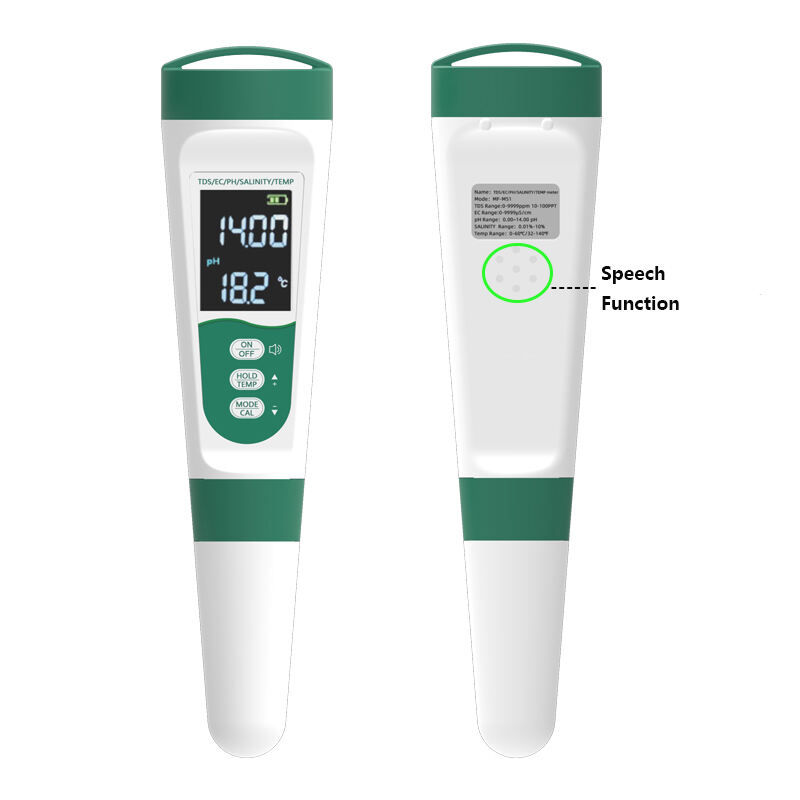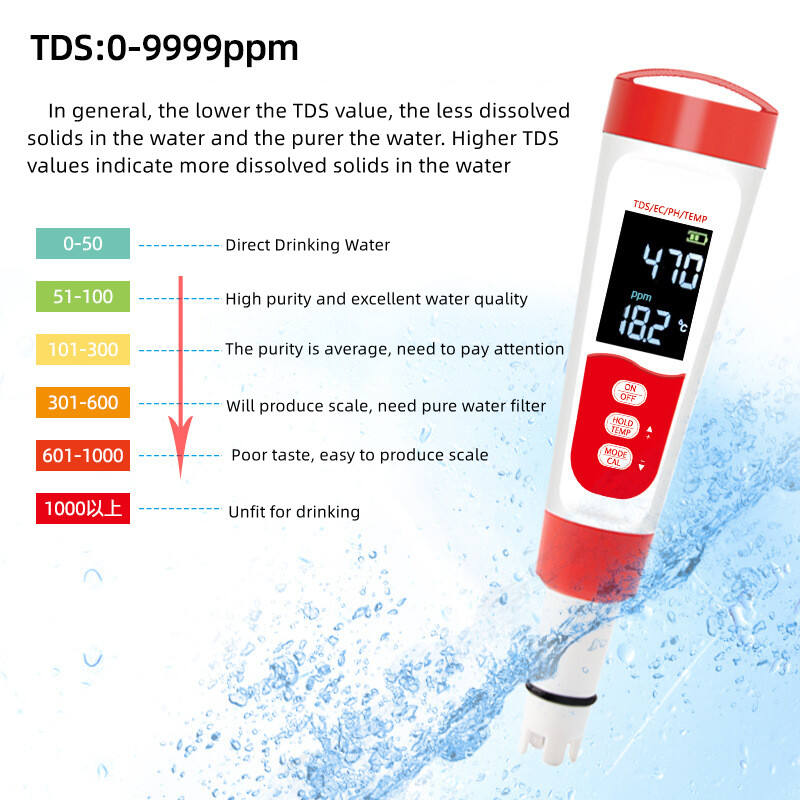সিনথিক জল স্যালিনিটি মিটার
একটি সাগরের জলের লবণতা মিটার হল একটি উন্নত যন্ত্র যা সাগরের জলের লবণের আঁধানী পরিমাপ করতে ডিজাইন করা হয়েছে উচ্চ নির্ভুলতা এবং বিশ্বস্ততা সহ। এই অপরিহার্য যন্ত্রটি উন্নত পরিবাহিতা পরিমাপ প্রযুক্তি ব্যবহার করে লবণতা স্তর নির্ধারণ করে, যা মেরুদণ্ডীয় গবেষণা, জলজ খাদ্য উৎপাদন এবং পরিবেশ নিরীক্ষণের জন্য অপরিহার্য হয়ে ওঠেছে। মিটারটি জলের নমুনার বৈদ্যুতিক পরিবাহিতা পরিমাপ করে কাজ করে, কারণ লবণজাত জল তুলনামূলকভাবে মিষ্টি জলের তুলনায় বিদ্যুৎ বেশি কার্যকরভাবে পরিবহিত করে। আধুনিক সাগরের জলের লবণতা মিটারগুলি বিভিন্ন শর্তাবস্থায় নির্ভুল পাঠ নিশ্চিত করতে তাপমাত্রা সংশোধন বৈশিষ্ট্য সংযুক্ত করেছে, সাধারণত প্রাকৃতিক লবণতা একক (PSU) বা হাজার অংশে (ppt) পরিমাপ প্রদান করে। এই যন্ত্রগুলি অনেক সময় ডিজিটাল প্রদর্শনী, ডেটা লগিং ক্ষমতা এবং ক্ষেত্র ব্যবহারের জন্য জলপ্রতিরোধী কেসিং সঙ্গে সজ্জিত থাকে। এগুলি 0 থেকে 70 PSU পর্যন্ত লবণতা পরিসর পরিমাপ করতে পারে, যা এগুলিকে মিশ্র জল থেকে উচ্চ লবণতা পর্যন্ত সবকিছুর জন্য উপযুক্ত করে তোলে। এই মিটারগুলির পেছনের প্রযুক্তি অটোমেটিক ক্যালিব্রেশন, বহু প্যারামিটার পরিমাপ বিকল্প এবং ওয়াইরলেস ডেটা ট্রান্সমিশন ক্ষমতা অন্তর্ভুক্ত করে উন্নয়ন করেছে, যা এগুলিকে মেরুদণ্ডীয় পেশাদার এবং গবেষকদের জন্য বৃদ্ধি পাওয়া বহুমুখী যন্ত্র করে তুলেছে।


